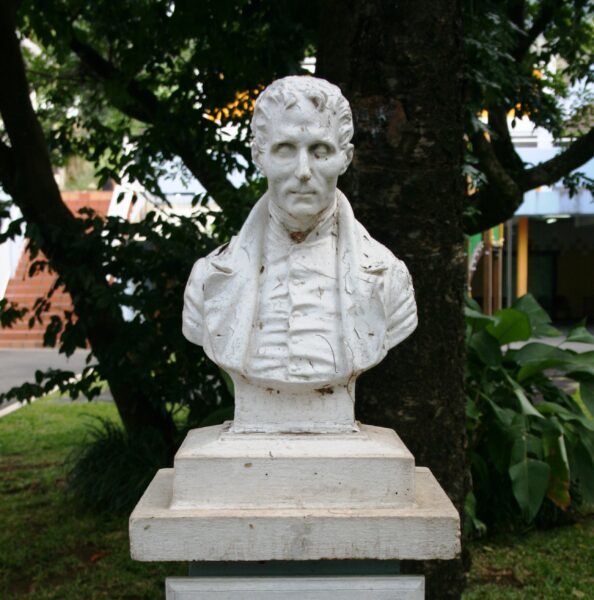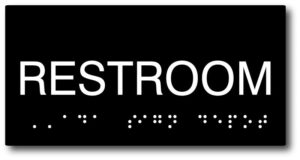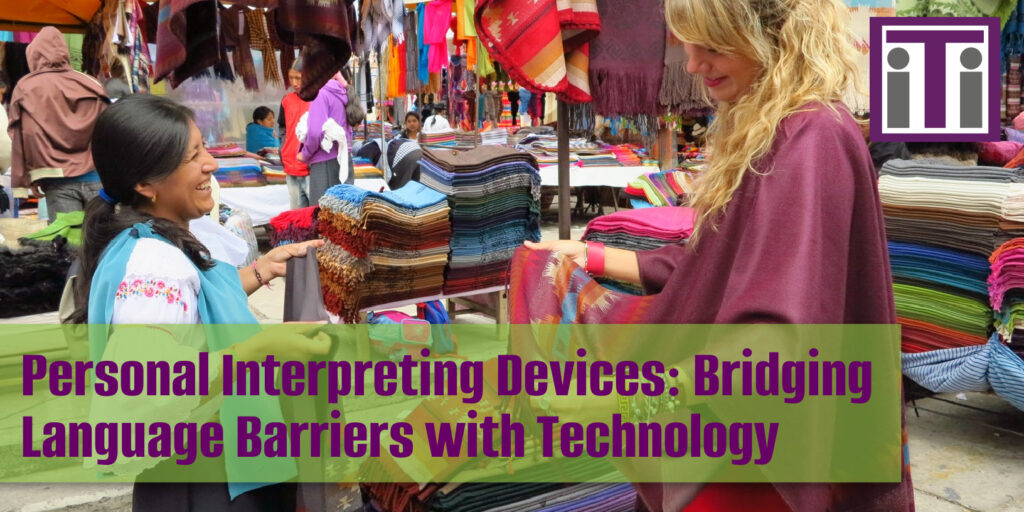A Comprehensive Guide to Braille Translation
Reading Time: ~4 mins

In the world of language and communication, inclusivity means ensuring that everyone, regardless of their abilities, has access to information and resources. This is where Braille, an essential system of touch reading and writing for people who are blind or visually impaired, comes into play. At iTi, we understand the significance of this tactile language. This guide will delve into the intricacies of Braille translation, the role of the translator, and how this writing system continues to evolve in today’s digital age.
What is Braille?
Braille is a tactile writing system that enables people who are blind or visually impaired to read and write through touch. Developed in the 19th century by Louis Braille, a Frenchman who lost his sight due to an early childhood accident, Braille has become a vital communication tool for millions worldwide.
Is Braille a Language?
It’s a common misconception that Braille is a language. In reality, Braille is a code that can represent the alphabet and numbers, allowing for the translation of many languages from English to Braille and vice versa. This enables speakers of virtually any language to read and write in their native tongue using this system.
How is Braille Composed?
Braille characters, known as cells, consist of raised dots arranged in a grid of two columns and three rows. Each cell represents a letter, number, or punctuation mark, and mastery of the system is required to read the resulting script proficiently. The system even includes cells that represent musical and mathematical symbols. To see how any word, sentence, or phrase looks in Braille, you can check out this online Braille translation tool.
How Do People Read Braille?
Reading Braille involves moving one’s fingers over raised cells, interpreting the patterns to form words and sentences. This skill requires sensitivity and practice, as readers must learn to distinguish between various combinations of dots efficiently.
The Origin of Braille

Statue of Louis Braille at La Resource, Reunion Island
Louis Braille, a French educator and inventor who lost his sight in an accident, developed the Braille system in 1824. Inspired by the need for a writing system that could be used by people who are blind, Braille modified a military code called night writing to create the system. This revolutionary code has since been adapted worldwide, providing access to literature and information for blind and visually impaired individuals.
Becoming a Braille Translator
Qualifications and Requirements
To become a proficient Braille translator, one must undergo rigorous training to master both the script and the nuances of the source and target languages. Acquiring certification from recognized institutions, such as the Library of Congress in the United States, is often a critical step for translators aiming to offer professional braille translation services.
The Practice of Braille Translation
Translating text into Braille is not a mere one-to-one conversion. To become a proficient Braille translator or interpreter, one must undergo specialized training. This includes mastering the code for various languages, understanding the nuances of translation from visual to tactile text, and learning to use custom translation software. To learn more about the practice of Braille translation and the technology used, visit the American Foundation for the Blind.
Modern Uses
 Braille’s applications extend beyond books into signage, labels, and even digital screens with refreshable three-dimensional displays. English to Braille translation plays a critical role in creating an inclusive environment in both education and everyday life.
Braille’s applications extend beyond books into signage, labels, and even digital screens with refreshable three-dimensional displays. English to Braille translation plays a critical role in creating an inclusive environment in both education and everyday life.
Braille has evolved beyond personal use to become integral in public accessibility and education. Here are some current applications:
- Educational Materials: Textbooks and educational resources are translated into Braille to support inclusive learning environments.
- Signage: Braille is used on signage in public buildings, hotels, and transportation systems to assist navigation.
- Technology: With advancements in technology, Braille displays and readers connect to computers and smartphones, enabling access to digital content.
Braille Translation Services at iTi
At Interpreters and Translators, Inc., we offer comprehensive Braille translation services, from English to Braille and beyond. Our skilled translators are dedicated to providing accurate and accessible translations for various materials, ensuring inclusivity in communication for all.
Braille translation plays a crucial role in breaking down barriers and fostering inclusivity. Whether through educational materials, public signage, or digital content, Braille ensures that individuals who are blind or visually impaired can participate fully in society. At iTi, we are proud to support this mission through our Braille translation services, contributing to a world where information is accessible to everyone.
| Talk to an Expert |
Interpreters and Translators, Inc. is a full service language solutions company based in Glastonbury, Connecticut. iTi is an NMSDC-certified minority owned business.





